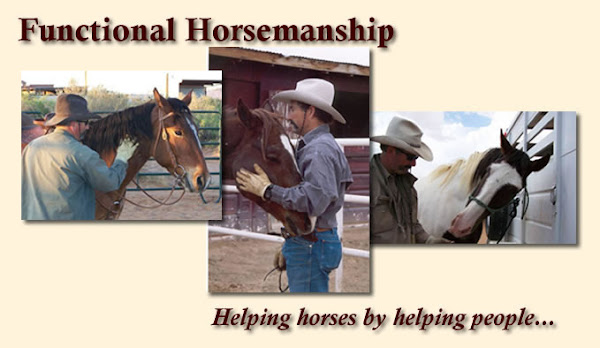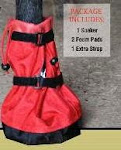
177 years ago today the Mexican Army seige of the Alamo in San Antonio (then called Bexar or Behar) began. A few months early Texians under Ben Milam took the town from Mexican Cavalry under General Cos, but on February 23, 1836 General Antonio Lopez de Santa Ana arrived outside San Antonio with thousands of soldiers and surrounded the Alamo and the less than 200 men within it's walls. Among the Texian force were Jim Bowie, Davy Crockett and the Alamo Commander Lt. Colonel William B. Travis.
The flag at top right is called the Alamo flag. It is a Mexican flag with the seal in the center removed and the numbers "1824" instead. The year 1824 was significant to the Texians as the ruling Mexican government's Constitution of 1824 granted Texas settlers rights that were in subsequent years revoked in some manner which was one cause of the Texas Revolution.
Today, featured on display at the Alamo is the "Victory or Death" letter written by Lt. Col. William Barrett Travis, who was facing certain death from Santa Ana's forces.
On March 6th, 1836 the final assault by Mexican forces were successful in overwhelming the Alamo defenders. 182 Texians were killed and over 1,500 Mexican soldiers were killed and another third of that number wounded. The Alamo defenders were fighting to protect the rights granted by the 1824 Mexican Constitution never knowing that the Texas Government of Sam Houston had declared their independence 4 days earlier.
The Travis "Victory or Death" Letter
Commandancy of the The Alamo
Bejar, Feby. 24th. 1836
To the People of Texas and All Americans in the World—
Fellow Citizens and compatriots—
I am besieged, by a thousand or more of the Mexicans under Santa Anna — I have sustained a continual Bombardment and cannonade for 24 hours and have not lost a man — The enemy has demanded a surrender at discretion, otherwise, the garrison are to be put to the sword, if the fort is taken — I have answered the demand with a cannon shot, and our flag still waves proudly from the walls — I shall never surrender or retreat. Then, I call on you in the name of Liberty, of patriotism and everything dear to the American character, to come to our aid, with all dispatch — The enemy is receiving reinforcements daily and will no doubt increase to three or four thousand in four or five days. If this call is neglected, I am determined to sustain myself as long as possible and die like a soldier who never forgets what is due to his own honor and that of his country — Victory or Death.
William Barrett Travis.
Lt. Col. comdt.
P. S. The Lord is on our side — When the enemy appeared in sight we had not three bushels of corn — We have since found in deserted houses 80 or 90 bushels and got into the walls 20 or 30 head of Beeves.
Travis
God Bless Texas















